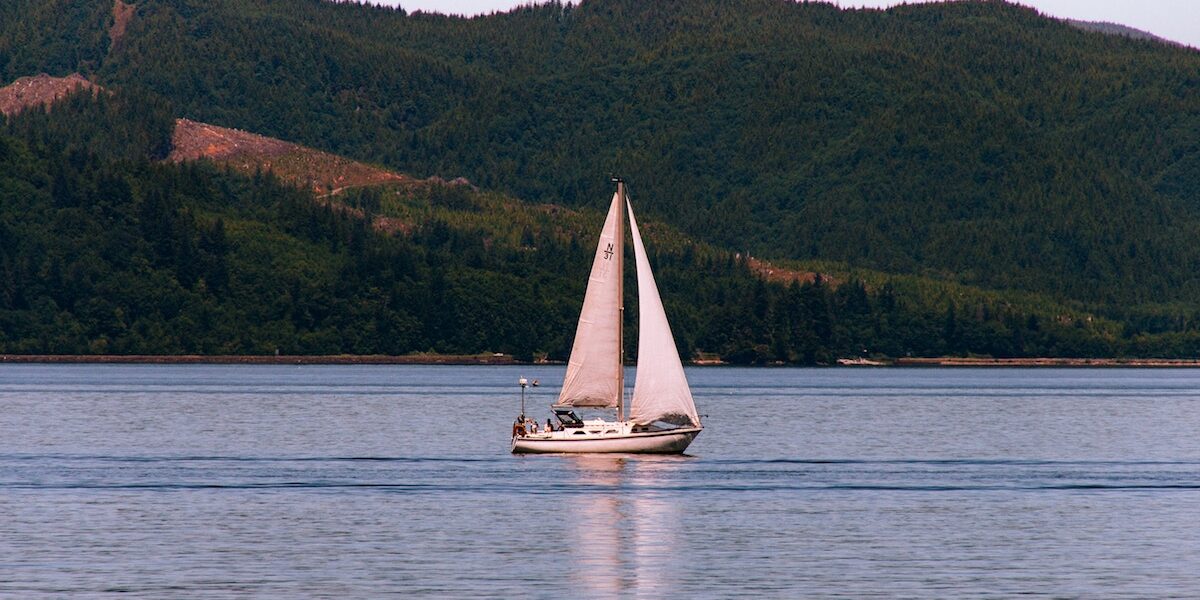by Mark J. Spalding, President of The Ocean Foundation

June 5 is World Environment Day, a day to reaffirm that the health of natural resources and the health of human populations are one and the same. Today we remember that we are part of a vast, complex, but not infinite, system.
When Abraham Lincoln was elected President, the atmospheric carbon dioxide levels were counted in the 200-275 parts per million range. As industrial economies emerged and grew around the globe, so too did the presence of carbon dioxide in the atmosphere. As a lead greenhouse gas (but by no means the only one), carbon dioxide measurements offer us a yardstick to measure our performance in sustaining the systems on which we depend. And today, I must acknowledge last week’s news that carbon dioxide readings in the atmosphere above the Arctic had reached 400 parts per million (ppm)—a benchmark that reminded us that we are not doing as good a job of stewardship as we should.
Despite the fact that some experts believe that there is no going back now that we’ve surpassed 350 ppm of carbon dioxide in the atmosphere, here at The Ocean Foundation, we spend a lot of time thinking about and promoting the idea of blue carbon: That restoring and protecting marine ecosystems helps improve the ocean’s ability to store excess carbon in our atmosphere, and improves the well-being of the species that depend on those ecosystems. Seagrass meadows, mangrove forests, and coastal marshes are our allies in sustainable human community development. The more we restore and protect them, the better off our oceans will be.
Last week, I received a nice letter from a woman named Melissa Sanchez in southern California. She was thanking us (in our partnership with Columbia Sportswear) for our efforts to promote seagrass meadow restoration. As she wrote, “Seagrass is an essential necessity for marine ecosystems.”
Melissa is right. Seagrass is vital. It is one of the nurseries of the sea, it improves water clarity, it protects our coasts and beaches from storm surges, seagrass meadows help prevent erosion by trapping sediment and stabilizing the seafloor, and they offer long-term carbon sequestration.
The great news on the CO2 parts per million front is from a study released last month that makes it clear that seagrass stores more carbon than forests. In fact, seagrass takes dissolved carbon out of ocean water that would otherwise add to ocean acidification. In doing so, it helps the ocean, our biggest carbon sink continue to receive carbon emissions from our factories and cars.
Via our SeaGrass Grow and 100/1000 RCA projects, we restore seagrass meadows damaged by boat groundings and prop scars, dredging and coastal construction, nutrient pollution, and rapid environmental change. Restoring the meadows also restores their ability to take up carbon and store it for thousands of years. And, by patching scars and rough edges left by boat groundings and dredging we make meadows resilient to being lost to erosion.
Help us restore some seagrass today, for every $10 we will make sure a square foot of damaged seagrass has been restored to health.







